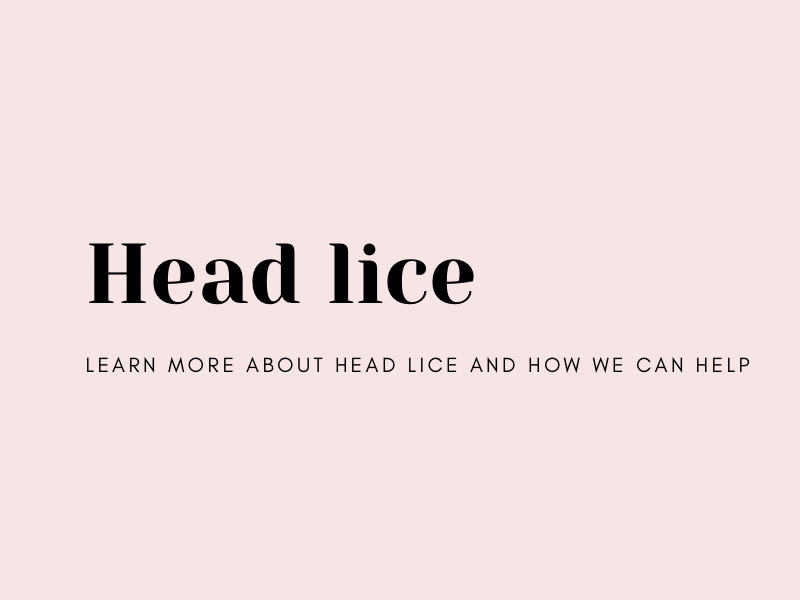Head Lice
Head lice are small parasitic insects that thrive by feeding on human blood. Although the scalp is the most common site of infestations, other hair-bearing areas may be involved, including pubic region, eyebrows or eyelashes. Lice are particularly common among pre-school and elementary school-aged children.
Lice are transmitted via hair-to-hair direct contact and are often picked up unknowingly while children play and socialize. Although lice do not transmit any diseases, they are highly contagious and can affect anyone regardless of their health and hygiene status.
Symptoms typically include scalp or genital itching and a sensation of “crawling”. Head lice are visible to the naked eye. The lice eggs (nits) look like tiny yellow balls attached to hair shafts and live lice may also be seen crawling on the scalp. Treatment typically involves topical pediculicide medications, mechanical removal of nits with a fine-toothed comb, and patient education regarding eradication and re-infestation precautions. Sometimes treatment with oral medications may also be needed in severe infestation cases.


